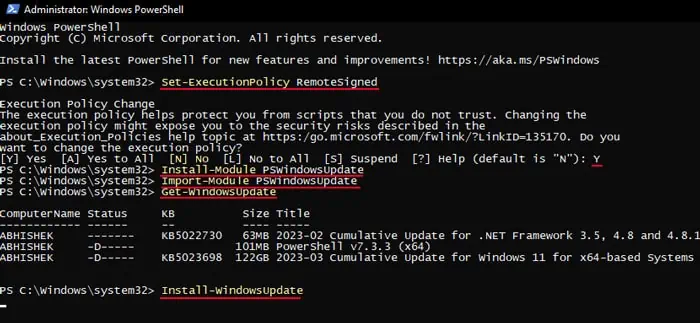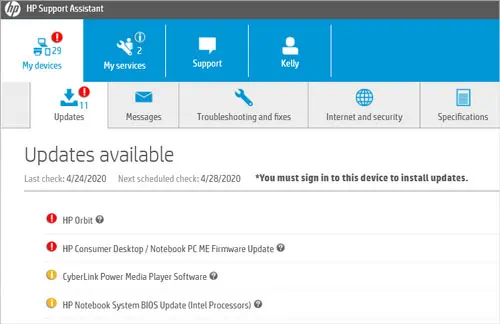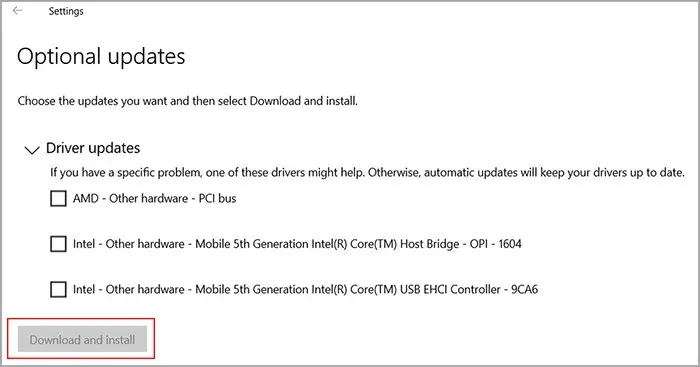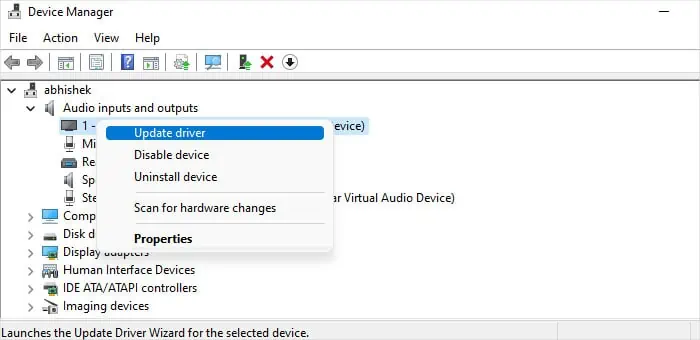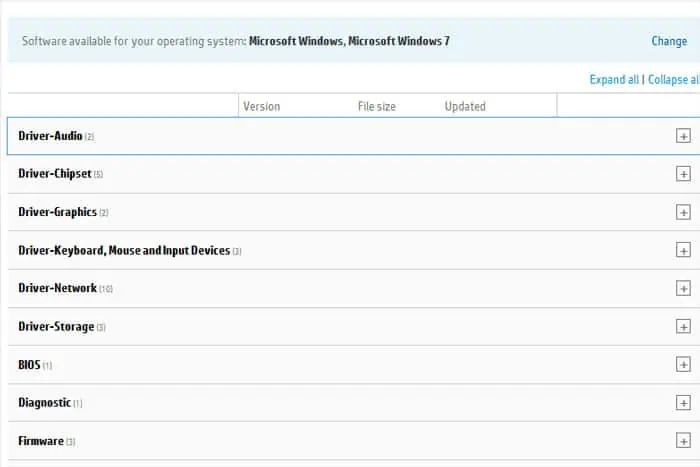If you want to get the best out of your HP laptop, it’s best to fully update the laptop by installing all available updates. These updates introduce new features, resolve previous bugs and improve the performance and security of your system.
To fully update the laptop, you must update all of its software components. This includes the operating system, device drivers, firmware, and motherboard BIOS. you may either use HP’s dedicated support tools or the built-in Windows functions to achieve all these tasks.
Update Operating System
You canupdate your Windows Operating Systemin several ways on an HP laptop. All these methods are either included in your Windows system or provided by Microsoft.
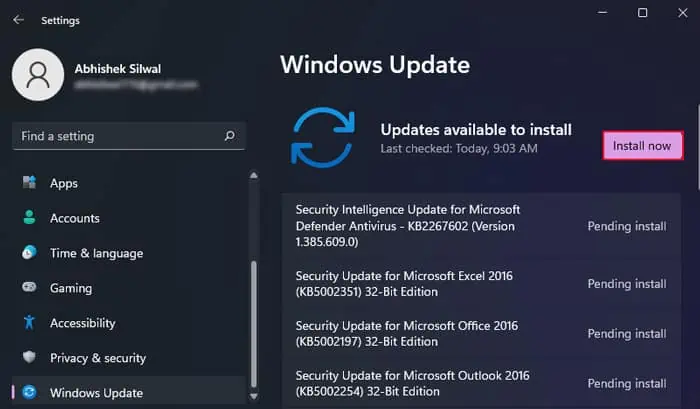
The Windows Operating System already comes with a default process to update itself. It uses the Windows Update service, and you may run it from within your settings.
Through Windows Update Assistant (Windows 10)
Microsoft also provides a separate update tool—Windows update assistant—to automatically install the updates. But, at the time of writing this article, it is only available for Windows 10.
Through Microsoft Update Catalog
If you know the name of an update, usually KB#######, you may utilize the Microsoft Update Catalog to search for and install this update.
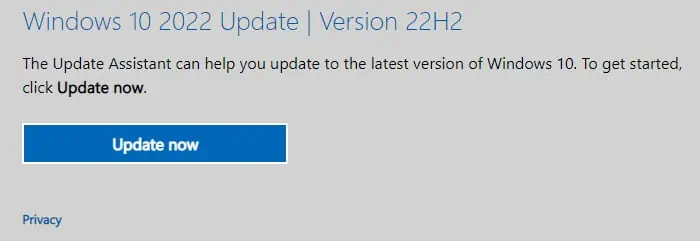
you may also utilize the commandwusa “Full path of the setup file” /quiet /norestarton theElevated Command Prompt(Type cmd on Run and then press Ctrl + Shift + Enter to run the program as admin) to install the.msufile.
For instance,wusa “D:\Downloads\windows10.0-kb5002351-x64.msu” /quiet /norestart
It is also possible to utilize the PowerShell command-line interface to manually install the updates. you may install a single update or all available updates.
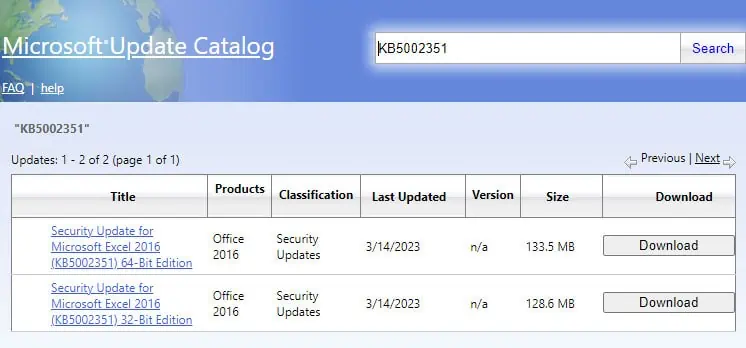
Update HP Device Drivers
There are several ways toupdate the device driverson an HP laptop. you may use both the OEM software offered by HP and the default processes provided by Microsoft.
Using HP Support Assistant
